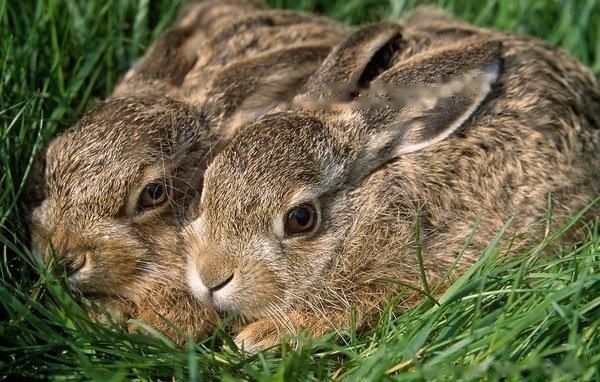
1. Environmental requirements
Always use potholes, grass, gaps between rocks, or column gaps to rest. When artificial feeding, attention should be paid to creating a similar environment for them, and the site should be quiet, spacious, hygienic and dry.
2. Regularity of activity
Hare is mainly active at night, especially at dusk or dawn. Hare is timid and scared, so try to keep the environment as quiet as possible to prevent harassment. Drinking water and forage should be provided during the day, preferably in the afternoon, and the remainder should be used for feeding at night.
3. Feeding Habits
Pets According to the introduction of the website, hares eat grass as their staple food. When covered with heavy snow, if there is a lack of food, they will gnaw on bark, twigs and grass roots; the hare has the habit of eating soft manure, which is a normal habit and should not be considered pica. In order to supplement the lack of food intake, an appropriate amount of grass can be put in every day, and some straw can be put in in winter, such as bean straw, corn straw, sweet potato vine, etc. Concentrates such as corn and bran and salt can also be supplied in moderation to increase their appetite.
4. Breeding techniques
After the hares are sexually mature, they start mating when the temperature is suitable. The north produces 3-4 litters per year, and the south produces 6-8 litters per year. Due to the abundant forage from May to October, the survival rate of young rabbits produced by spring breeding is higher. When the hare is in estrus, it shows chasing, tail wagging, and enuresis. Female rabbits come into heat many times, male rabbits fight each other to mate, and the gestation period is 30-40 days. Young rabbits are sexually mature in their second year. During the breeding period, after domestication, artificially assisted breeding can be carried out.
5. Disease prevention and control
Because hares are timid and difficult to catch, it is difficult to inject vaccines, often causing natural casualties. Oxytetracycline can be added to the feed in an amount of 0.1 grams per animal per day, and it will be given for 3 days, stop for 1 week, and then give it for 3 days.
![[Dog Training 5] The training method of pet dog dining etiquette](/static/img/12192/12192_1.jpg)




